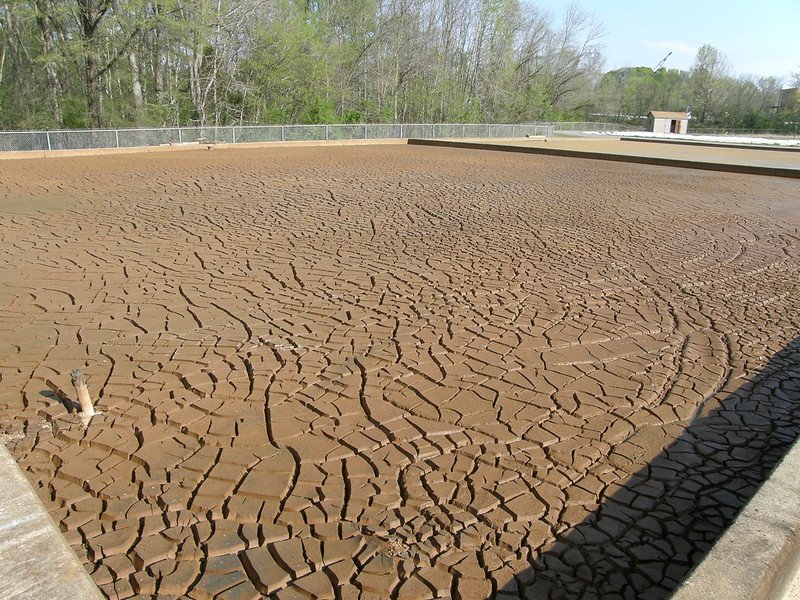
McAlpine Creek Wastewater Management Facility
McAlpine Creek Wastewater Management Facility: The Heart of Charlotte’s Water Treatment System
Introduction
In the heart of Charlotte, North Carolina lies the McAlpine Creek Wastewater Management Facility – a key player in the city’s water treatment system. As one of the largest wastewater treatment facilities in the region, McAlpine Creek plays a crucial role in ensuring the cleanliness and safety of the water supply for the residents of Charlotte and surrounding areas. In this article, we will explore the history of the facility, its current operations, and the importance of proper wastewater management in maintaining a healthy environment.
History of McAlpine Creek Wastewater Management Facility
The history of the McAlpine Creek Wastewater Management Facility dates back to the early 20th century when the city of Charlotte first recognized the need for a centralized wastewater treatment plant. Prior to the establishment of the facility, raw sewage and industrial waste were being discharged directly into local waterways, leading to pollution and health concerns for residents.
In 1925, the city began construction on the McAlpine Creek Wastewater Treatment Plant, which would eventually become the cornerstone of Charlotte’s water treatment system. Over the years, the facility underwent several expansions and upgrades to meet the growing needs of the city’s population and industry.
Today, the McAlpine Creek Wastewater Management Facility is responsible for treating over 100 million gallons of wastewater per day, making it one of the largest facilities of its kind in the region. The facility serves over 800,000 residents in Charlotte and surrounding areas, playing a vital role in protecting the water supply and environment.
Operations of McAlpine Creek Wastewater Management Facility
The McAlpine Creek Wastewater Management Facility operates 24/7 to treat wastewater from residential, commercial, and industrial sources. The facility utilizes a series of physical, chemical, and biological processes to remove contaminants and impurities from the water before it is discharged back into the environment.
The treatment process begins with the screening and grit removal stage, where large debris and solids are removed from the wastewater to prevent damage to equipment and clogging of pipelines. The water then undergoes primary treatment, where solids are settled and removed from the water through sedimentation.
Next, the water enters the secondary treatment stage, where biological processes are used to break down organic matter and nutrients in the water. This stage is essential for reducing the levels of pollutants in the water before it is discharged back into the environment.
Finally, the water undergoes tertiary treatment, where additional filtration and disinfection processes are used to remove any remaining contaminants and ensure the water meets strict quality standards. The treated water is then discharged into local waterways or used for irrigation and industrial purposes.
Importance of Proper Wastewater Management
Proper wastewater management is essential for protecting public health, preserving the environment, and ensuring the sustainability of water resources. Improper disposal of wastewater can lead to contamination of water sources, harmful algal blooms, and the spread of waterborne diseases.
The McAlpine Creek Wastewater Management Facility plays a crucial role in safeguarding the water supply for the residents of Charlotte by treating and removing pollutants from wastewater before it is discharged back into the environment. The facility’s stringent treatment processes ensure that the water meets all regulatory standards and is safe for human consumption and recreational activities.
In addition to protecting public health, proper wastewater management also helps to preserve the ecological balance of local waterways and ecosystems. By removing contaminants from wastewater, the facility prevents the degradation of water quality and reduces the impact of pollution on aquatic life and habitats.
Furthermore, the treated wastewater from the facility can be recycled and reused for irrigation, industrial processes, and groundwater recharge. This helps to conserve precious water resources and reduce the strain on natural water sources, especially in regions facing water scarcity and drought conditions.
In conclusion, the McAlpine Creek Wastewater Management Facility plays a critical role in Charlotte’s water treatment system by treating and removing pollutants from wastewater before it is discharged back into the environment. Proper wastewater management is essential for protecting public health, preserving the environment, and ensuring the sustainability of water resources for future generations.
Sources:
1. Charlotte Water, “McAlpine Creek Regional Wastewater Treatment Plant.” Charlotte Water, www.charlottenc.gov/Water/Pages/McAlpineRegional.aspx.
2. Environmental Protection Agency, “Wastewater Management.” EPA, www.epa.gov/water-research/wastewater-management.
3. North Carolina Department of Environmental Quality, “Wastewater Permitting Program.” NC DEQ, deqnc.gov/about/divisions/water-resources/wastewater-permitting-program.

